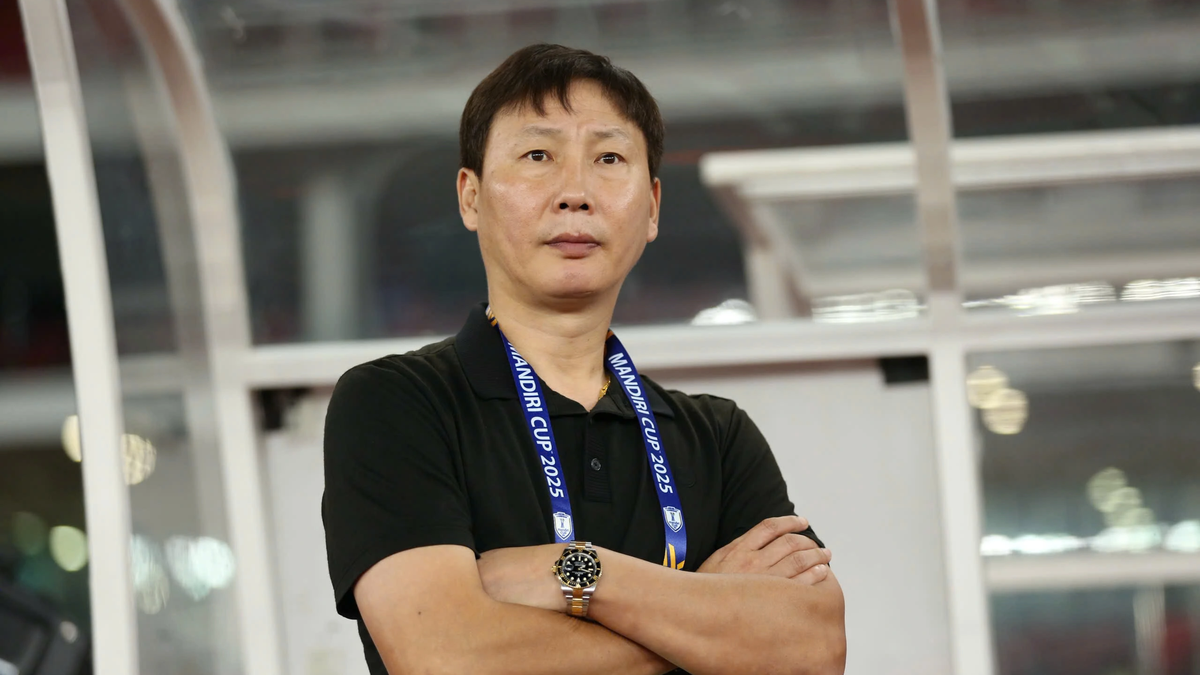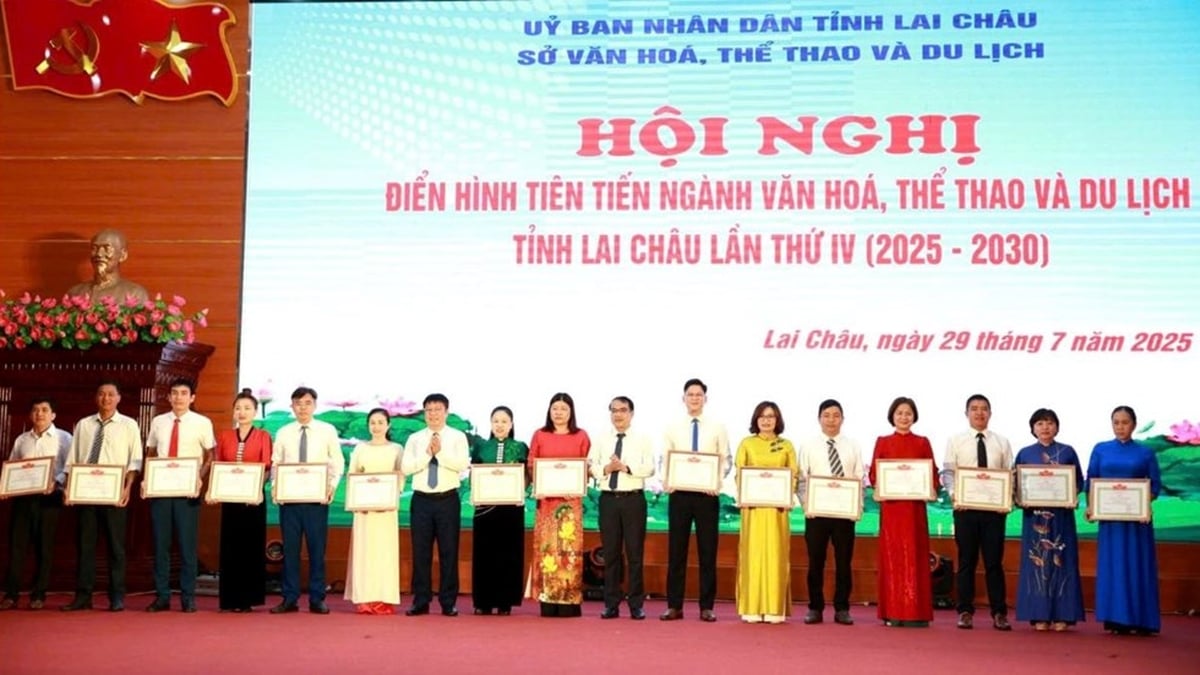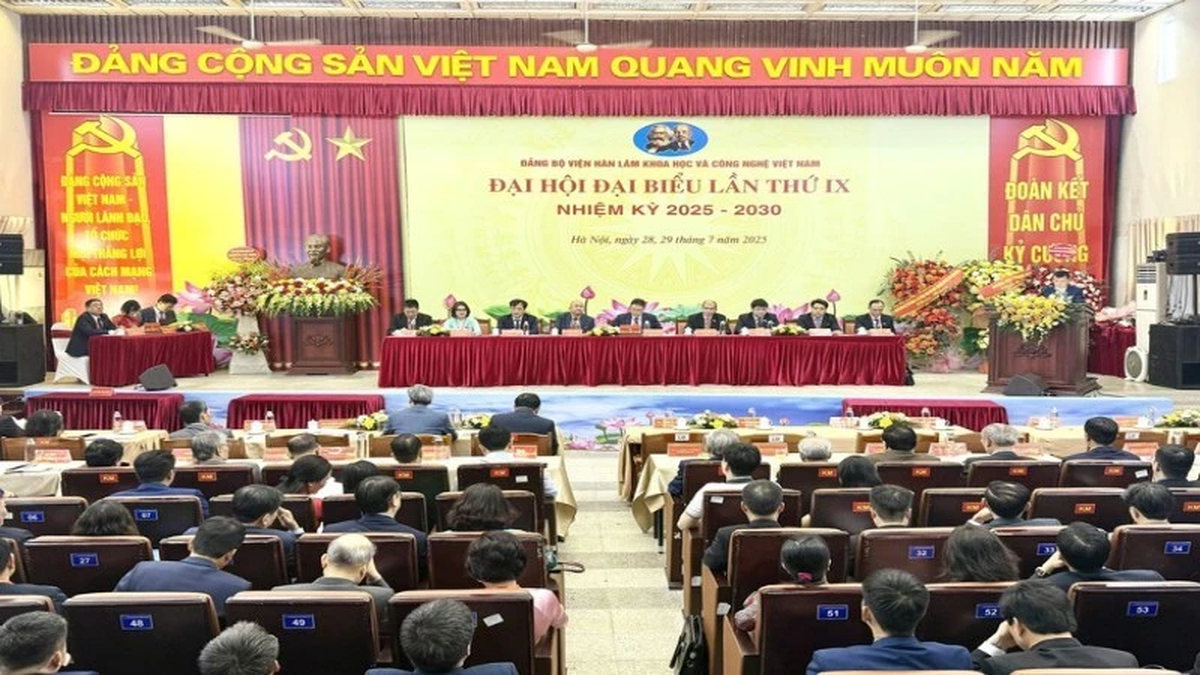From the 2025 admission season, all university admission wishes must be registered on the Ministry of Education and Training 's common admission system. This is an important step to standardize, digitize and make the admission process transparent. However, in reality, there has been a situation where some universities charge different fees.
Some schools charge tens of thousands of dong, some charge hundreds of thousands of dong for each application. The fact that each place charges differently not only puts financial pressure on candidates, but also raises questions about transparency, fairness, and the image of the universities themselves.
In principle, enrollment is a public activity serving learners, and must be organized publicly, fairly, and legally. The Law on Higher Education clearly stipulates: schools are autonomous in enrollment, but cannot therefore arbitrarily set fees in the style of "whoever can collect it collects it".
Schools explain that the fee is to cover the costs of systems, personnel, and software for processing records. However, with the trend of digital transformation, data processing can be automated, and data entry or verification of subject combinations is no longer too complicated.
This situation not only creates a sense of lack of transparency but also disadvantages candidates from difficult circumstances. A poor student who wants to register for many methods and many schools may have to pay hundreds of thousands of dong just to be "considered", not to mention the possibility of being admitted. That goes against the principle of creating equal access to higher education.
Autonomy does not mean arbitrariness. When a public school organizes enrollment, uses facilities, human resources and software invested from the budget, the collection of fees from students must comply with the following principles: reasonable, in accordance with regulations and with explanation. If not controlled, fees can become a tool to "filter" students - not by ability, but by ability to pay.
To ensure fairness and transparency, the Ministry of Education and Training needs to soon issue unified guidelines on admission fees, including: a list of permitted fees, specific ceilings, principles of publicity and monitoring mechanisms.
At the same time, it is necessary to clarify the criteria when schools collect separate fees: only applicable when there are classified selection activities - such as capacity assessment exams, capacity profile review or interviews. Simple application processing fees should be included in the general fees organized by the Ministry.
In addition, there should be a mechanism to exempt or reduce fees for students in difficult circumstances - something many countries have applied to avoid fees becoming a barrier to university admission. Establishing a feedback channel and publicly announcing the admission fee table of schools on the national admission portal is also an effective transparency measure.
University admissions are not only a window into a young person’s future education, but also a reflection of how a system of education is run in a fair, professional and student-centred way. A good admissions system leaves no one behind – not because of a lack of grades, but certainly not because of a lack of money to pay fees.
(The article represents the author's personal opinion)

Top schools in the North consider transcripts for Information Technology in 2025

Children fail 10th grade, parents don't fail the role!

Vocational schools or 'dead ends', the downside of streaming after grade 9
Source: https://tienphong.vn/le-phi-xet-tuyen-dai-hoc-moi-truong-thu-mot-kieu-vi-sao-post1758710.tpo




























![[Photo] National Assembly Chairman attends the seminar "Building and operating an international financial center and recommendations for Vietnam"](https://vphoto.vietnam.vn/thumb/1200x675/vietnam/resource/IMAGE/2025/7/28/76393436936e457db31ec84433289f72)







































































Comment (0)